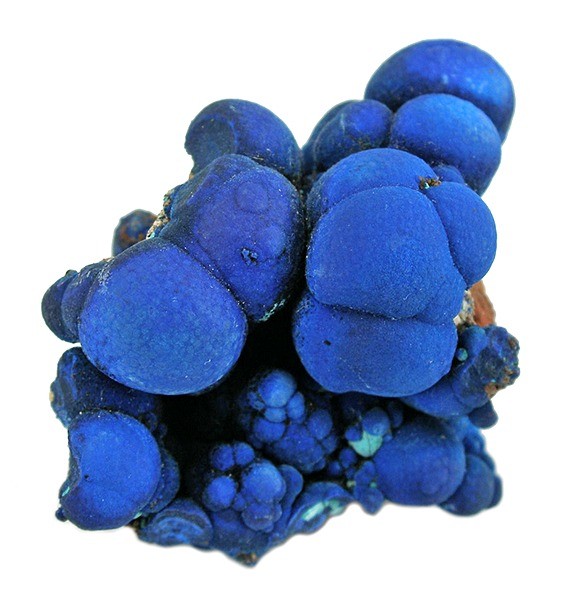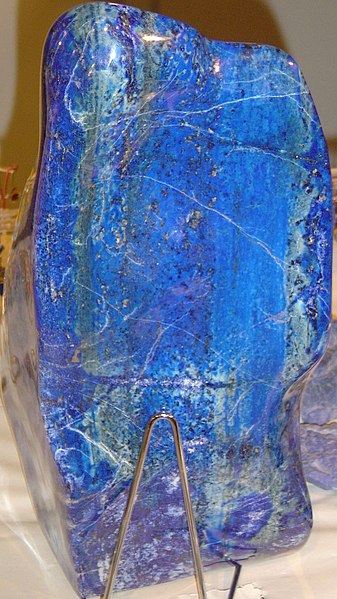 |
| Church walls and gold leaf decorations made from calcitic alabaster in Poland Photo by Beemwej |
There are two distinct minerals that are called alabaster, one of them is
calcium sulfate commonly called gypsum
or anhydrite. The other is a variety of
calcium carbonate that is commonly known as limestone or marble. Of these two the former is the alabaster of
today, and the latter is the alabaster of the ancients. Both of these materials are easy to work
with, and have an attractive appearance making them favorites for small
carvings and other works of art.
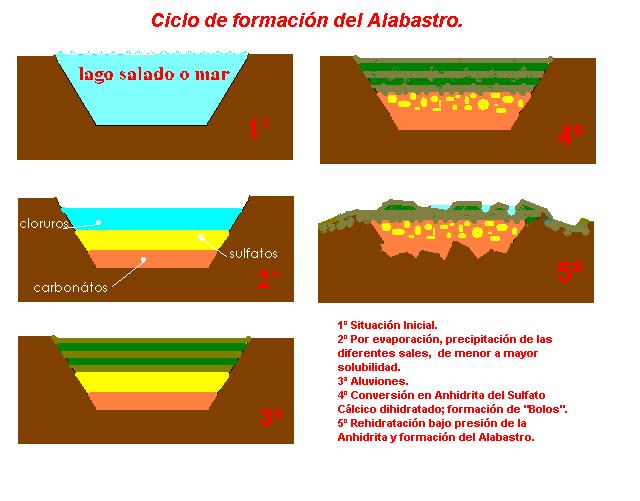 |
| The formation of alabaster explained in Italian by Miguel |
Since we've already established that there are two different
types of alabaster the best way to distinguish between them is by their
relative hardness. The first type that is composed of gypsum is so soft you can
scratch it would your fingernail because I have a Mohs hardness of
1.5 to 2. The calcite variety of alabaster is too hard to be scratched in this
way having a Mohs hardness of 3 although you can scratch it with a knife blade.
Because it is a carbonate it will effervesce when a drop of hydrochloric
acid is placed on its surface. When the gypsum type of alabaster has a drop
of mass placed on virtually nothing happens.
 |
| An alabaster lamp Photo by David Dennis |
Although alabaster can come in many different colors most
people think of it as white, so much so that it has entered the language as a
metonym for weight objects. In this sense it is often used to describe
“alabaster skin” that means very light and quite transparent that is derived
from the use of alabaster in building tombs.
Although alabaster is essentially too soft for use as a
gemstone it often finds uses as a decorative stone for making different kinds
of statuary and other objects de art. A very common use today is making the
basis for electric lamps.
 |
| A piece of raw alabaster Photo by Ra'ike |
The word alabaster itself is derived from middle English as
well as several other languages including Greek. The word was used to identify a
type of vase made of alabaster. There is a certain amount of evidence that the
word can be traced all the way back to ancient Egypt
The so-called “Oriental” alabaster was highly esteemed by
sea ancients for making such items as small perfume bottles small point that
basis that were called alabastra. This thing has also been suggested as a
possible source of the mineral name. The craftsmen of this stone in ancient Egypt London
| An alabaster carver at work. Photo by Zyance |
Both types of alabaster are essentially evaporative minerals in the
case of the gypsum variety it is the mineral that evaporates from seawater
before salt, In the case of the calcitic
variety is has its origin from the evaporation of lime water that has reached
saturation. Any further water loss
causes the lime to come out of solution where it is deposited. A lot of this
type of alabaster is found on the walls and floor of caves where it also forms
the formations we call stalactites and stalagmites.
 |
| Ancient alabaster vases Louvre Museum, Paris, France |
Although most people think of alabaster as a white mineral
it is also found in many other colors particularly when it is stained by
mineral salts. Iron is the most common of these although copper and manganese
also one of their own suite of colors to the stone. If you cut large blocks of
this material into thin sheets they can be used as translucent windows such as
those found in the Beineke
Library of Rare Manuscripts and Books at Yale
University. Throughout the ages how a master has been used to make many
beautiful objects and will continue to do so into the future.

_15.jpg/800px-B%C3%A9ryl_var._%C3%A9meraude_sur_gangue_(Muzo_Mine_Boyaca_-_Colombie)_15.jpg)






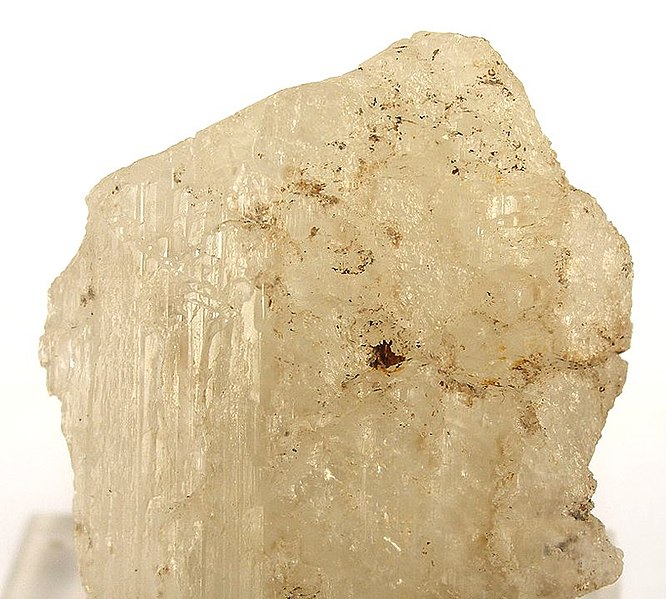
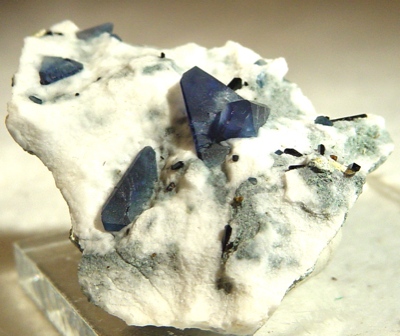

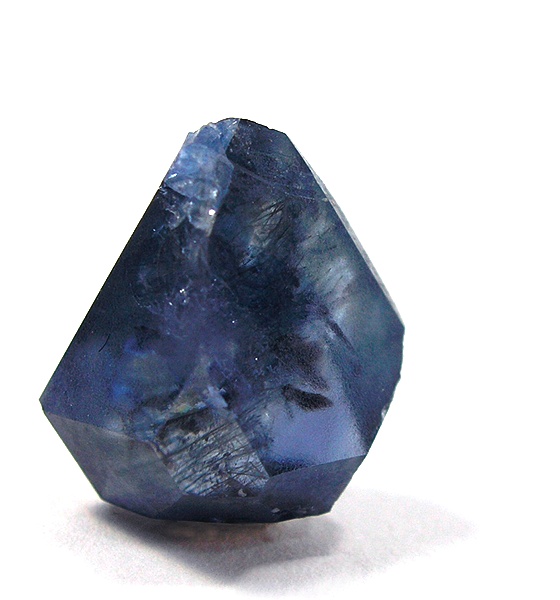

_.jpg/800px-B%C3%A9nitoite_sous_U.V._(USA)_.jpg)
